Antibody-drug conjugates (ADCs) are next-generation therapeutics gaining attention, especially in oncology. In this second part, we introduce the three fundamental components of ADCs—antibody, linker, and payload—explaining their functions, design strategies, and how their combinations define ADC diversity.
1. Antibody: The Sensor for Target Cells
The antibody in ADCs recognizes specific proteins (antigens) on the surface of target cells, such as cancer cells. This enables ADCs to act selectively on diseased tissues while sparing healthy ones.
- Monoclonal antibodies (mAbs), especially humanized or fully human types, are widely used for safety reasons.
- Affinity for the antigen and internalization efficiency are key design parameters.
2. Linker: Controls Stability and Drug Release
The linker acts as a bridge connecting the antibody and the drug. An ideal linker remains stable in circulation but releases the drug once inside the target cell.
- Cleavable linkers: release the drug in response to enzymes or pH changes
- Non-cleavable linkers: release occurs after antibody degradation
- Balancing in vivo stability with intracellular release is critical
3. Payload: The Cytotoxic Weapon
Once delivered to the target cell, the payload exerts its powerful cytotoxic effect. Highly potent compounds are selected to ensure efficacy at very low doses.
- Common payloads include tubulin inhibitors, DNA cleaving agents, and RNA polymerase inhibitors
- Due to their potency at nanomolar levels, precise targeting is essential
4. ADC Types: Structural Variations Drive Function
The selection and combination of these three elements give rise to a variety of ADC structures.
- Site-specific vs. random conjugation
- Drug-to-antibody ratio (DAR)
- Linker design affects toxicity and efficacy profiles
Continued advancement of ADCs hinges on optimization of each component and integration of novel technologies. In the next article, we will explore representative approved ADCs and their technological lineage.
Next article: Part 3 “Representative ADC Drugs and Their Technological Features”



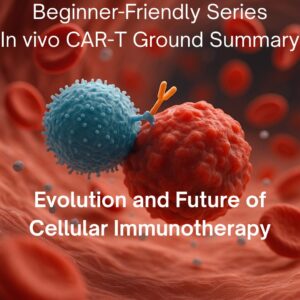
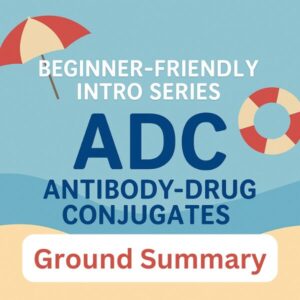

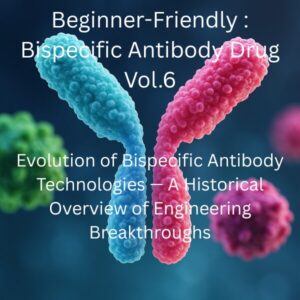
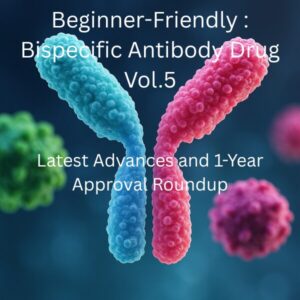
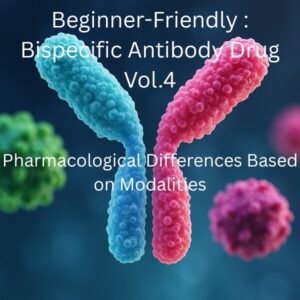
Comments